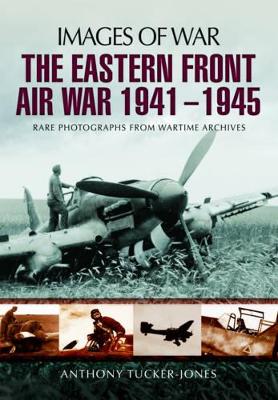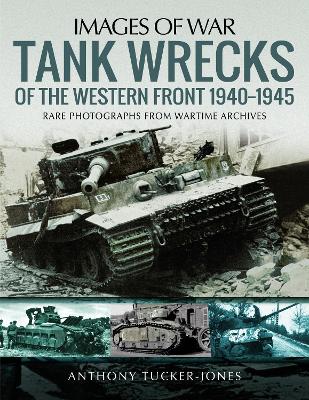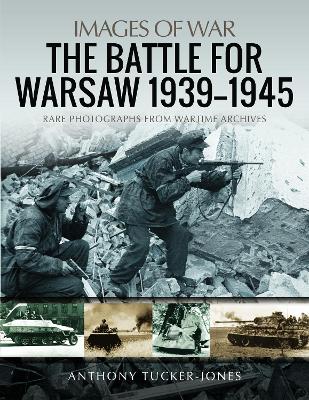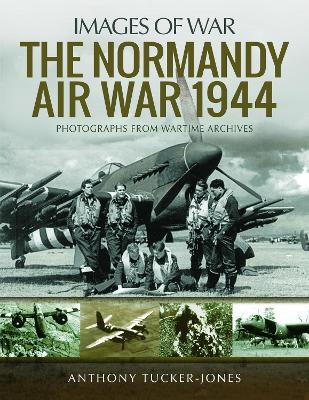Images of War
34 total works
Anthony Tucker-Jones's photographic survey of these little known and underrated military vehicles will be fascinating reading, and a useful source of reference, for everyone who is interested in the history of armoured and mechanized warfare.
Armoured Warfare in the Italian Campaign, 1943-1945
by Anthony Tucker-Jones
Armoured Warfare in the Italian Campaign, 1943-1945
by Anthony Tucker-Jones
All the principal tanks are represented - Renaults, Matildas, Churchills, Shermans, Panzer IVs, Panthers and Tigers along with many others - so the book gives an insight into the rapid development of tank design during the war. It also shows how vulnerable these armoured vehicles were - and how lethal they could be for their crews - when they were hit by anti-tank guns and air attacks.
Tanks Wrecks of the Western Front will be absorbing reading and reference for anyone who is interested in the history of armoured warfare, and it will be a useful visual guide for modellers.
The first occurred in 1939 when the Polish army was defeated by the German invaders, and five years of occupation followed. The second was sparked by the Jewish Ghetto Uprising in 1943 which was ruthlessly suppressed by 1,200 SS troops and led to the deaths of 13,000 people. In the third the Red Army's advance was beaten back at the gates of the city in the summer of 1944 and the fourth was fought at the same time when the Nazis crushed the rising of the Polish Home Army and sought to destroy the city in an act of revenge. The failure of the rising consigned the country to decades of communist rule.
The photographs and the detailed narrative give the reader a powerful impression of the experience of the people of Warsaw during this tragic period in their history and document the widespread devastation the fighting left in its wake.
Anthony Tucker-Jones's photographic history is a vivid introduction to this enormous Allied air offensive and illustrates the many famous types of aircraft employed by the RAF, USAAF and Luftwaffe. Shots of the Allied bombers - Halifax, Lancaster, Fortress, Liberator, Havoc and Marauder - and the fighters and fighter-bombers - Lightning, Thunderbolt, Mustang, Spitfire and Typhoon - dominate the selection. Shots of the German warplanes are rarer because the Luftwaffe was overwhelmed by Allied air superiority.
These images of the air war over northern France bring home in a graphic way the nature and conditions of combat flying over seventy years ago, and they emphasize the contribution of air power to the campaign.




